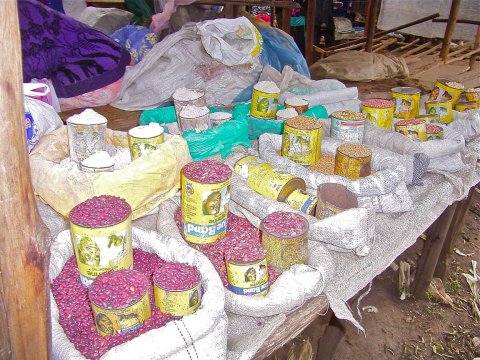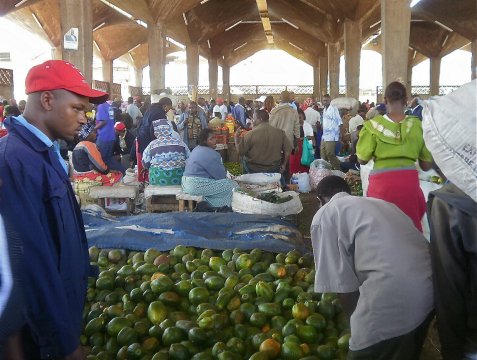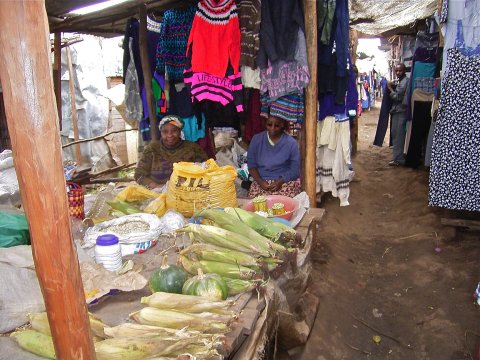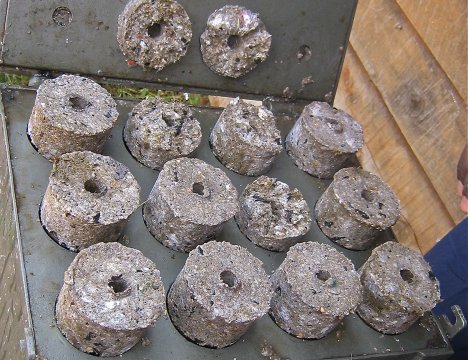|
John Tyman's Cultures in Context Series AFRICAN HABITATS : FOREST, GRASSLAND AND SLUM Studies of the Maasai, the Luhya, and Nairobi's Urban Fringe |
|
|
|
|
|
John Tyman's Cultures in Context Series AFRICAN HABITATS : FOREST, GRASSLAND AND SLUM Studies of the Maasai, the Luhya, and Nairobi's Urban Fringe |
|
|
|
|
 |
| 561. Mama Elizabeth's cereal shop next door sold red beans, millet, and peanuts as well as flour. |
 |
| 563. Most of them will have come from this big market at Wakulima in Nairobi supplied by growers and/or transport companies. |
 |
| 564. In Kibera different types of business are not grouped together as they would be in rural markets. The stall in the foreground sells sweet corn, peas and a melon. That in the rear sells clothes. |
 |
| 570. This mixture is turned into briquettes with the help of a press, dried in the sun, and sold as another form of fuel for cooking and heating. |
![]()
Text, photos and recordings
by John Tyman
Intended for Educational Use
Only.
Contact Dr. John Tyman at johntyman2@gmail.com
for more information regarding
licensing.
![]()
www.hillmanweb.com
Photo processing, Web page layout,
formatting and hosting by
William
Hillman ~ Brandon, Manitoba ~ Canada